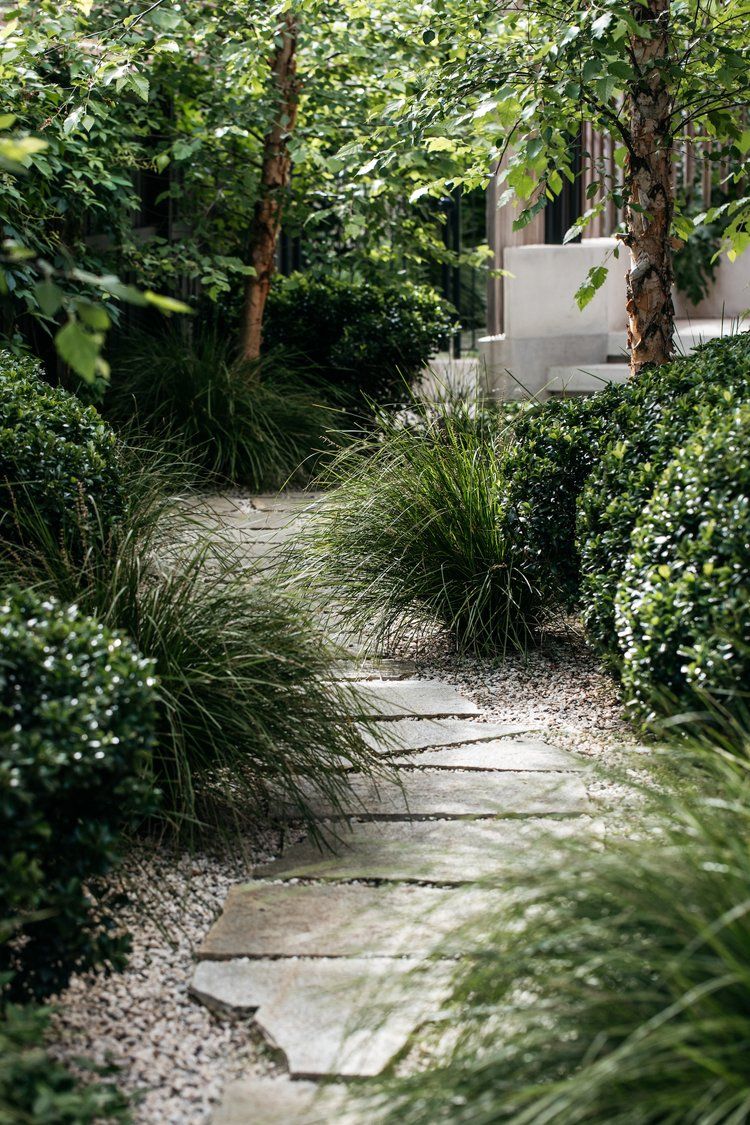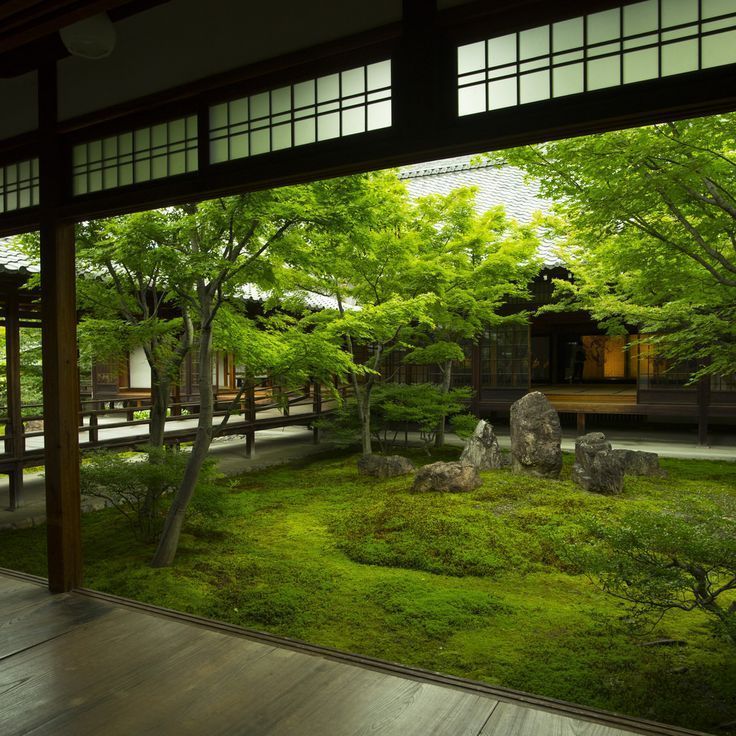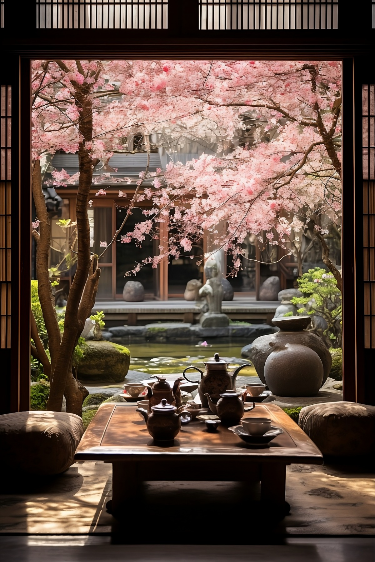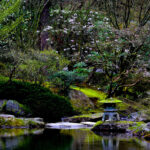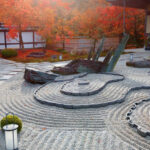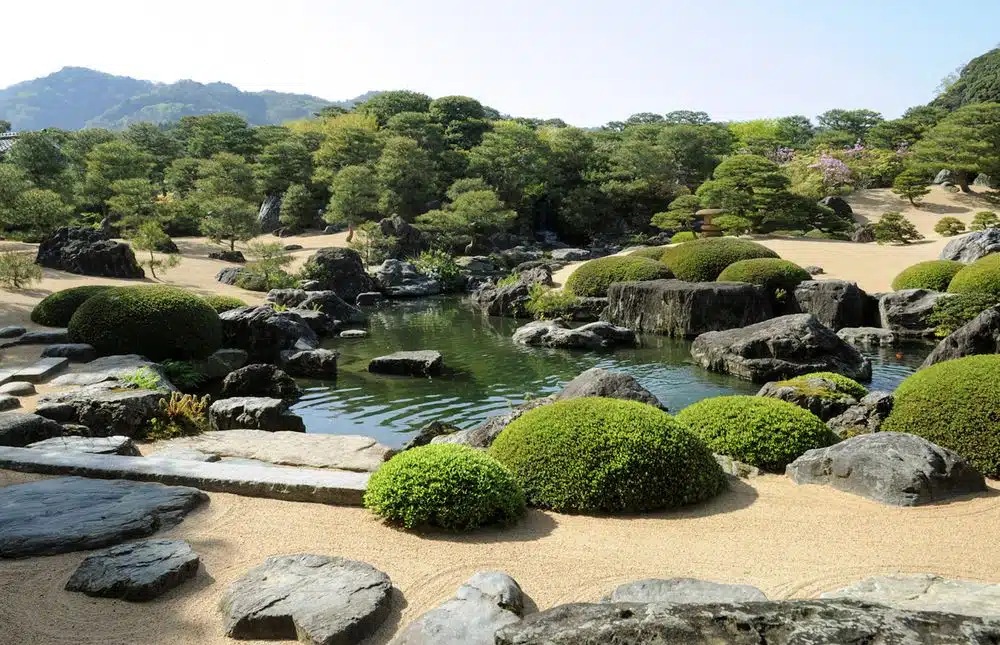Japanese gardens are renowned around the world for their beauty, tranquility, and harmony. These gardens are meticulously designed to create a serene and peaceful environment that promotes relaxation and contemplation. They are often characterized by their use of natural elements such as rocks, water, plants, and lanterns, as well as carefully curated paths and bridges.
One of the key features of Japanese gardens is their use of symbolism and metaphor. For example, rocks may symbolize mountains, while water represents oceans or rivers. The careful placement of stones and plants is meant to create a harmonious balance between the elements, reflecting the principles of yin and yang. This attention to detail and symbolism is what sets Japanese gardens apart from other types of gardens.
Another defining characteristic of Japanese gardens is their focus on incorporating elements of the surrounding landscape into the design. This concept, known as “shakkei” or borrowed scenery, involves using natural features such as mountains, trees, and bodies of water to enhance the beauty and depth of the garden. By seamlessly blending the man-made elements with the natural surroundings, Japanese gardens create a sense of unity and harmony with the environment.
Water is a central element in Japanese gardens, symbolizing purity, tranquility, and renewal. Ponds, streams, and waterfalls are often incorporated into the design to create a sense of movement and flow. Bridges and stepping stones are strategically placed to allow visitors to interact with the water and experience its calming effects. The sound of running water further enhances the sense of serenity and relaxation in the garden.
Plants also play a crucial role in Japanese gardens, with a focus on simplicity, balance, and seasonality. Evergreen trees and shrubs are commonly used to provide structure and stability, while flowering plants are chosen for their delicate beauty and fragrance. Moss, ferns, and grasses are often used as ground cover to create a lush and verdant landscape. By carefully selecting and arranging plants according to their seasonal characteristics, Japanese gardens evoke a sense of harmony and change as the garden evolves throughout the year.
In addition to their aesthetic appeal, Japanese gardens also serve a practical purpose as places for meditation, reflection, and spiritual contemplation. The quiet beauty and tranquility of these gardens provide a respite from the hustle and bustle of daily life, offering visitors a space to relax, unwind, and reconnect with nature. Whether visiting a traditional Japanese garden or creating a miniature version in their own backyard, individuals can experience the restorative power of these serene and harmonious spaces.
 yishifashion Where Outdoor Dreams Become Reality
yishifashion Where Outdoor Dreams Become Reality
